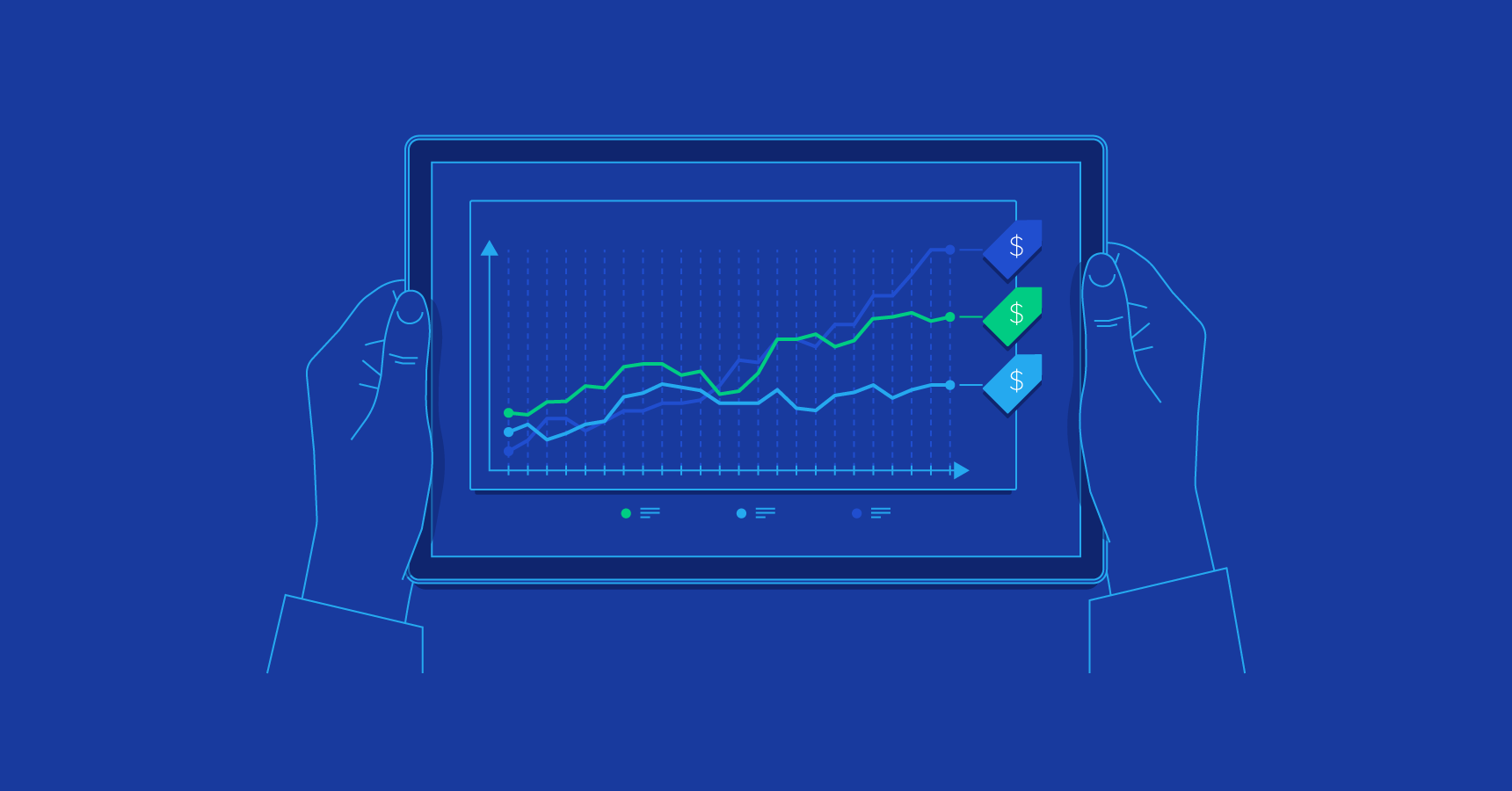The average SaaS company spends only six hours on price strategy. That’s not six hours per week or month; it’s six hours per year to define, test, and optimise everything. It’s understandable; with so many pricing models, techniques, and approaches to choose from, it’s nearly hard to know where to begin. So, to make SaaS pricing as simple as possible, we’re going to explain, explore, and analyse the three most important components of a lucrative SaaS pricing strategy:
- the price strategy software as a service you’ll employ to strike a balance between value and revenue
- the price tactics you’ll employ to meet your development objectives
- you’ll utilise psychological pricing techniques to fine-tune your price
PRICING ON A FLAT RATE BASIS
Offering a single product for pricing solutions software, a single set of features, and a single price is perhaps the simplest approach to market a SaaS service. In this sense, flat rate pricing resembles the software licencing model that existed before cloud infrastructure, but with the extra convenience of being invoiced (typically) monthly.
PRICING BASED ON USE
If you use more of the service, your bill goes higher; if you use less, your bill goes down.
In fact, this pricing method is most widespread among infrastructure- and platform-related software businesses (such as Amazon Web Services), who charge depending on the number of API calls, transactions executed, or gigabytes of data utilised.
SaaS businesses are increasingly coming up with innovative methods to modify the model, such as social networking platforms that charge for scheduled postings or accounting software that charges per invoice.
STRATEGY OF TIERED PRICES
In mainstream SaaS, flat fee and usage-based pricing are uncommon, and tiered pricing is the de facto approach utilised by most enterprises. Tiered pricing, at its core, allows businesses to provide a variety of “packages,” each with a distinct set of features and prices.
The average number of packages available varies greatly, but the average is 3.5, with low, middle, and high price ranges frequently represented.
Simplicity
Per user pricing is one of the most straightforward pricing structures, making it simple for potential customers to compute monthly costs: wonderful for users, and fantastic for salespeople.
Adoption leads to increased revenue
Income scales directly with adoption with this price model: if you can double the number of users within a firm, you’ll be rewarded with double the revenue.
Revenue generating that is predictable
The recurring revenue model is essential for SaaS businesses, and per-user pricing makes it simple to assess and anticipate monthly income.
PRICING PER ACTIVE USER
Active user price is a version of the per user pricing concept. Many SaaS providers (especially those aimed at businesses) promote yearlong billing cycles. This means that a new customer might pay for hundreds of workers up front, with no assurance that they will utilise the programme.
Conclusion
This problem is addressed head-on by per active user pricing, which encourages consumers to join up as many users as possible while ensuring that only active users are invoiced.
